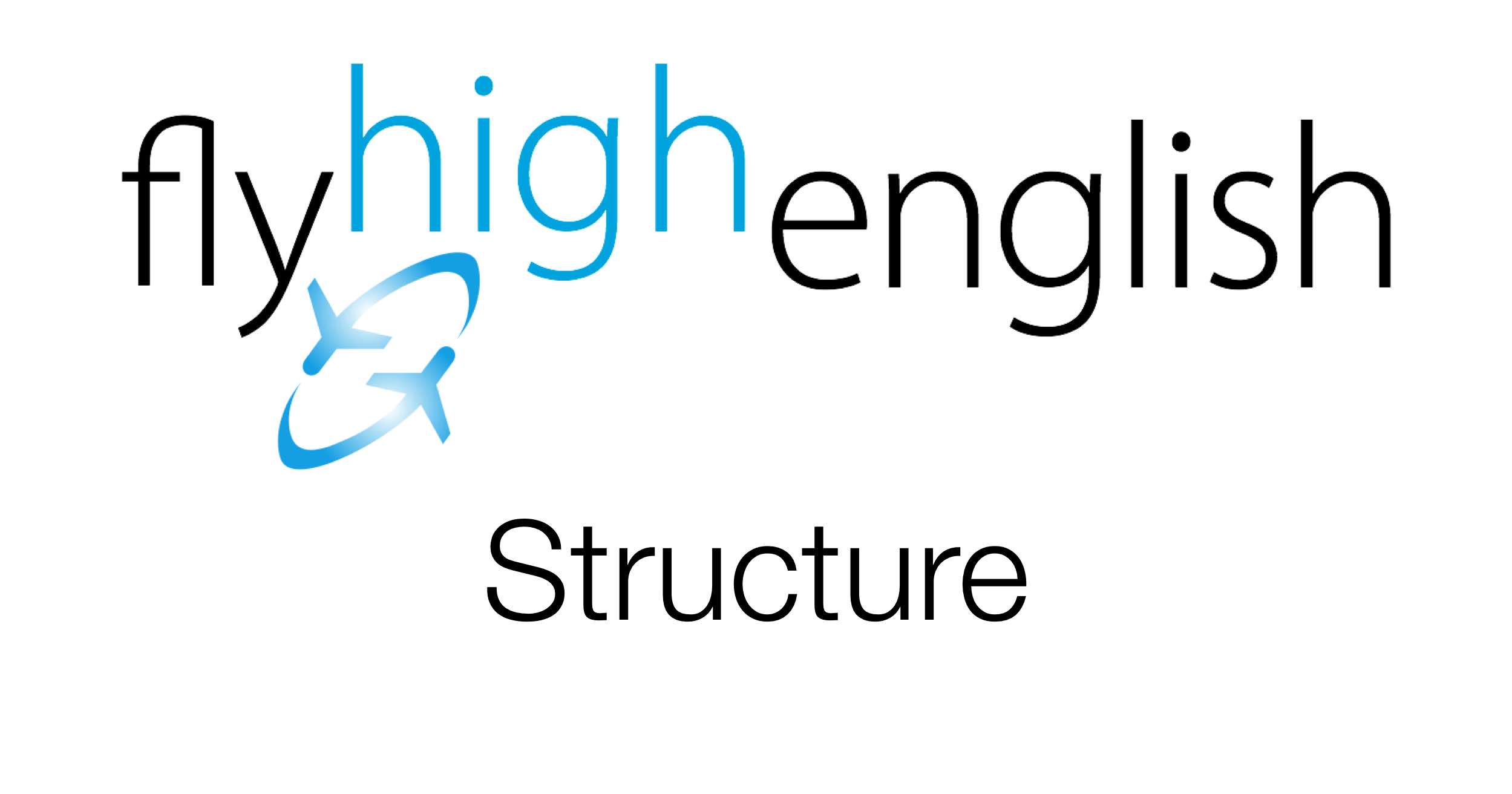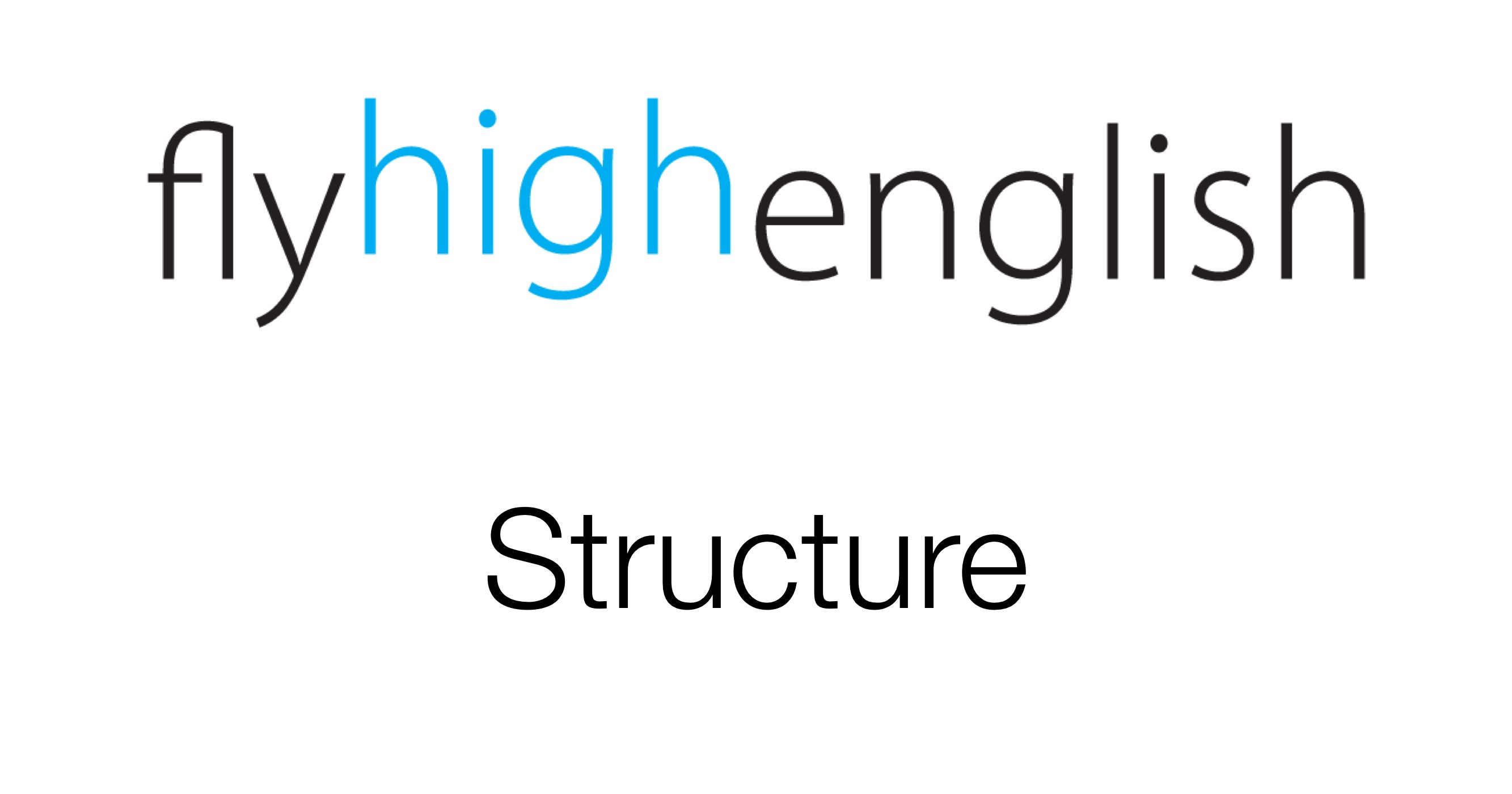
What are modal verbs?
They are a kind of auxiliary (extra) verb. They indicates if the speaker thinks that something or a situation is likely to happen or not, or if something or a situation is desirable or not.
Some facts about modal verbs.
- We use modal verbs with another verb.
- We use them with another verb without ‘to’
- will travel (use travel without ‘to’
- the conjugations are the same for all subjects
- I / you / he / she / it / we / you / they might travel…
- We make the negative by using ‘not’ after the modal verb or using the contracted form
- will not travel OR won’t travel
- might not travel OR mightn’t travel
- We make the question by changing the order of the person (subject) and the modal verb
- Could you help me with…?
- We don’t use two modal verbs together
- INCORRECT I
might coulddo the training - CORRECT I could do the training
- INCORRECT I
- We don’t use modal verbs with other auxiliary verbs
- INCORRECT
Do you wouldfly tomorrow? - CORRECT Would you fly tomorrow?
- INCORRECT
Look at the diagram below for a list of nine modal verbs and a summary of the basic information about them.
Follow us on Twitter here or Facebook here for more great content!







